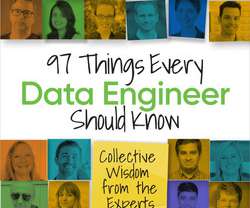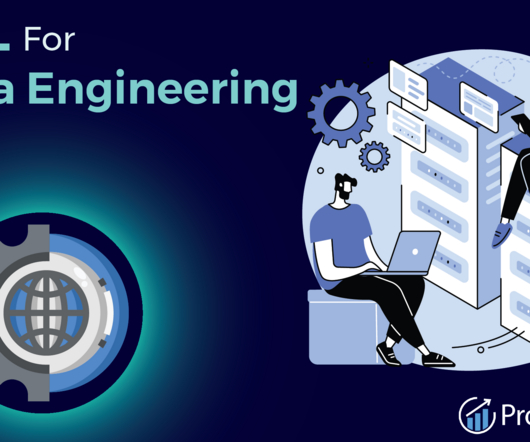DataOps Architecture: 5 Key Components and How to Get Started
Databand.ai
AUGUST 30, 2023
In a DataOps architecture, it’s crucial to have an efficient and scalable data ingestion process that can handle data from diverse sources and formats. This requires implementing robust data integration tools and practices, such as data validation, data cleansing, and metadata management.













Let's personalize your content